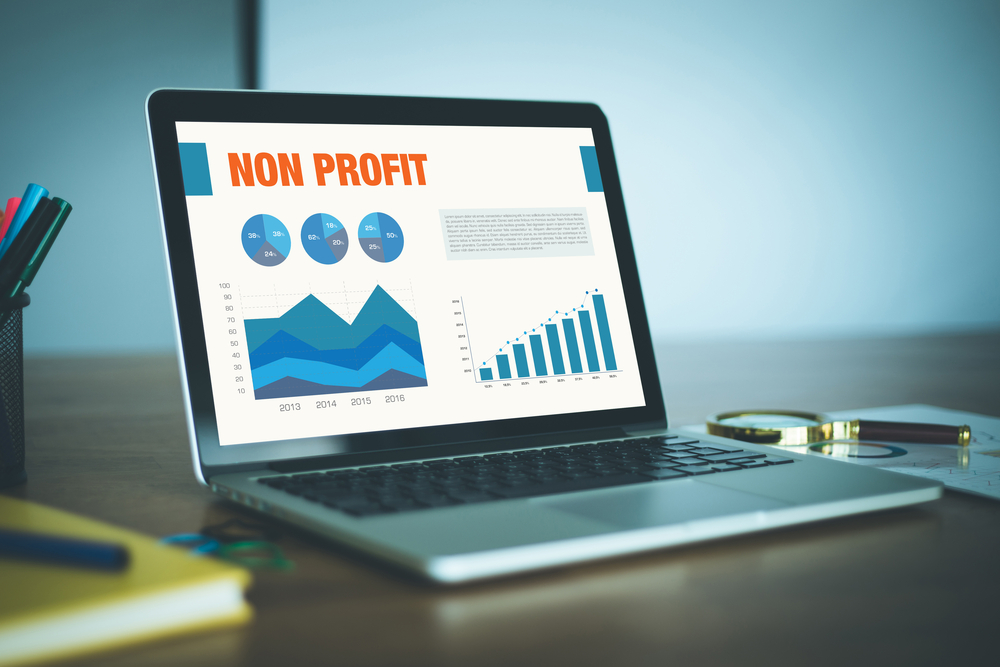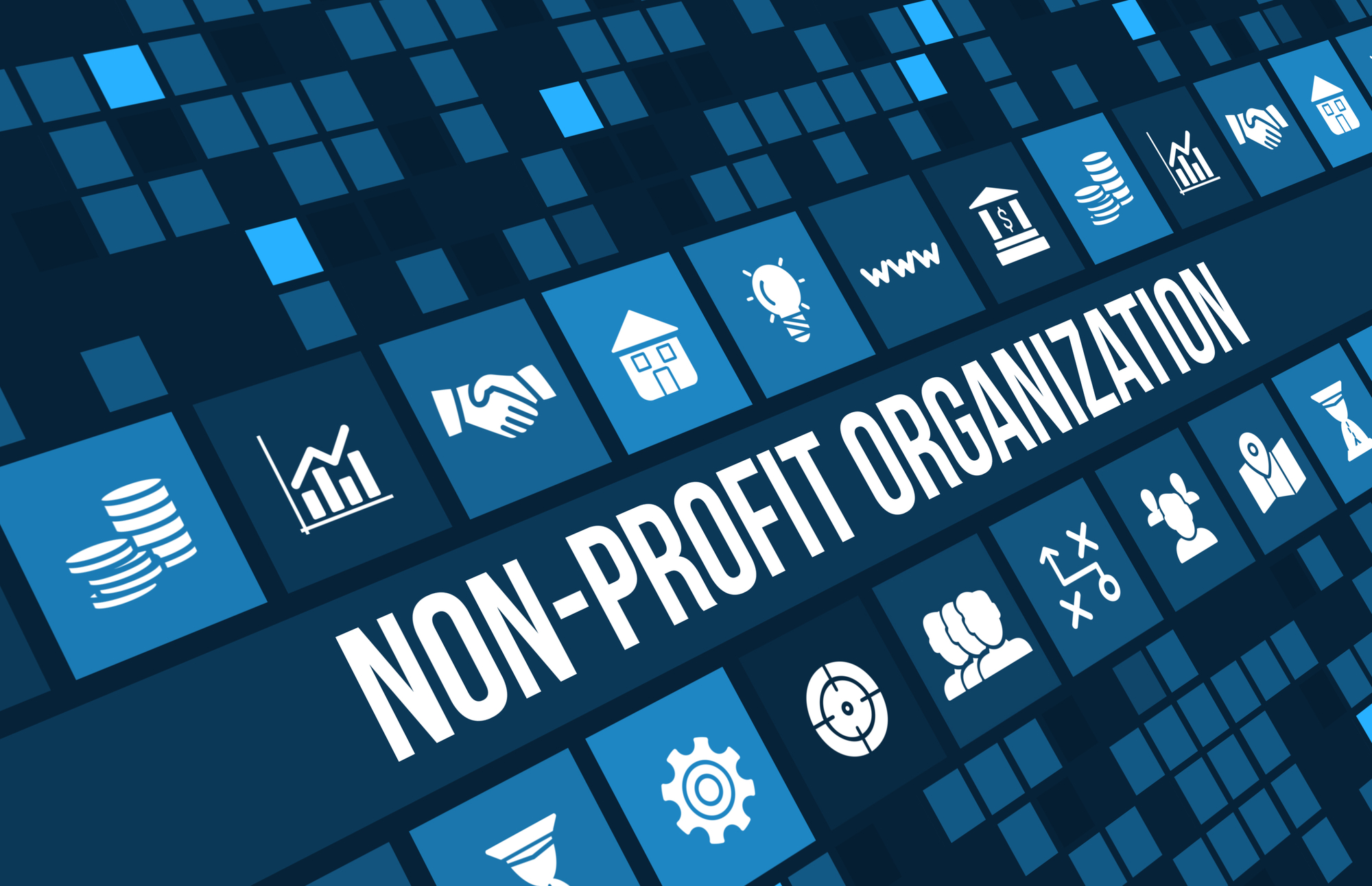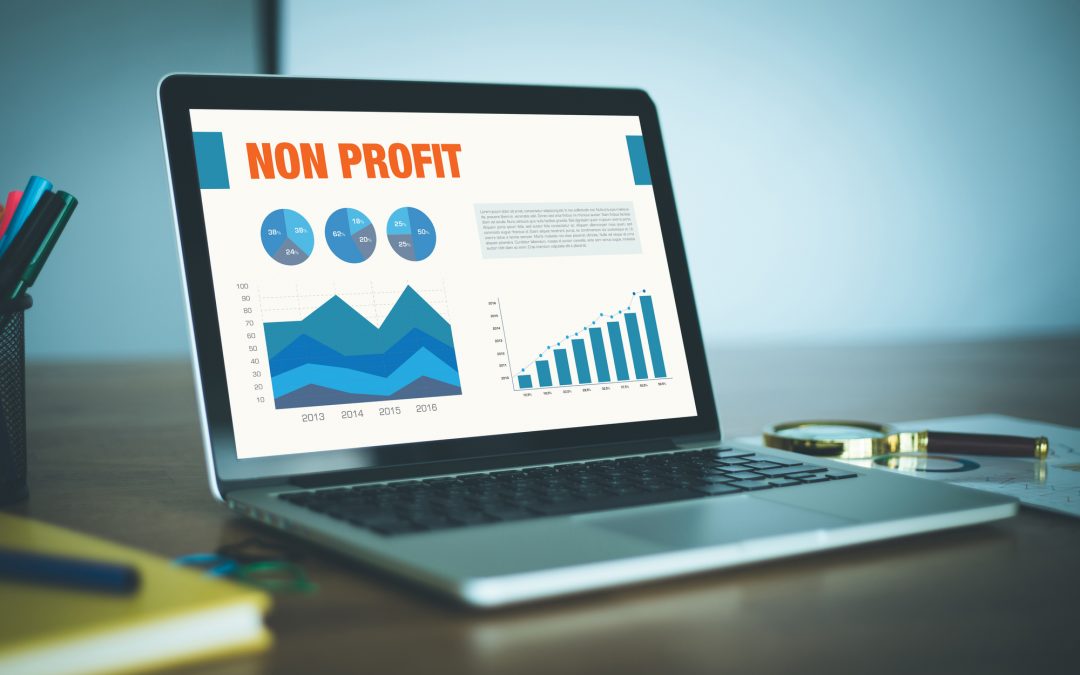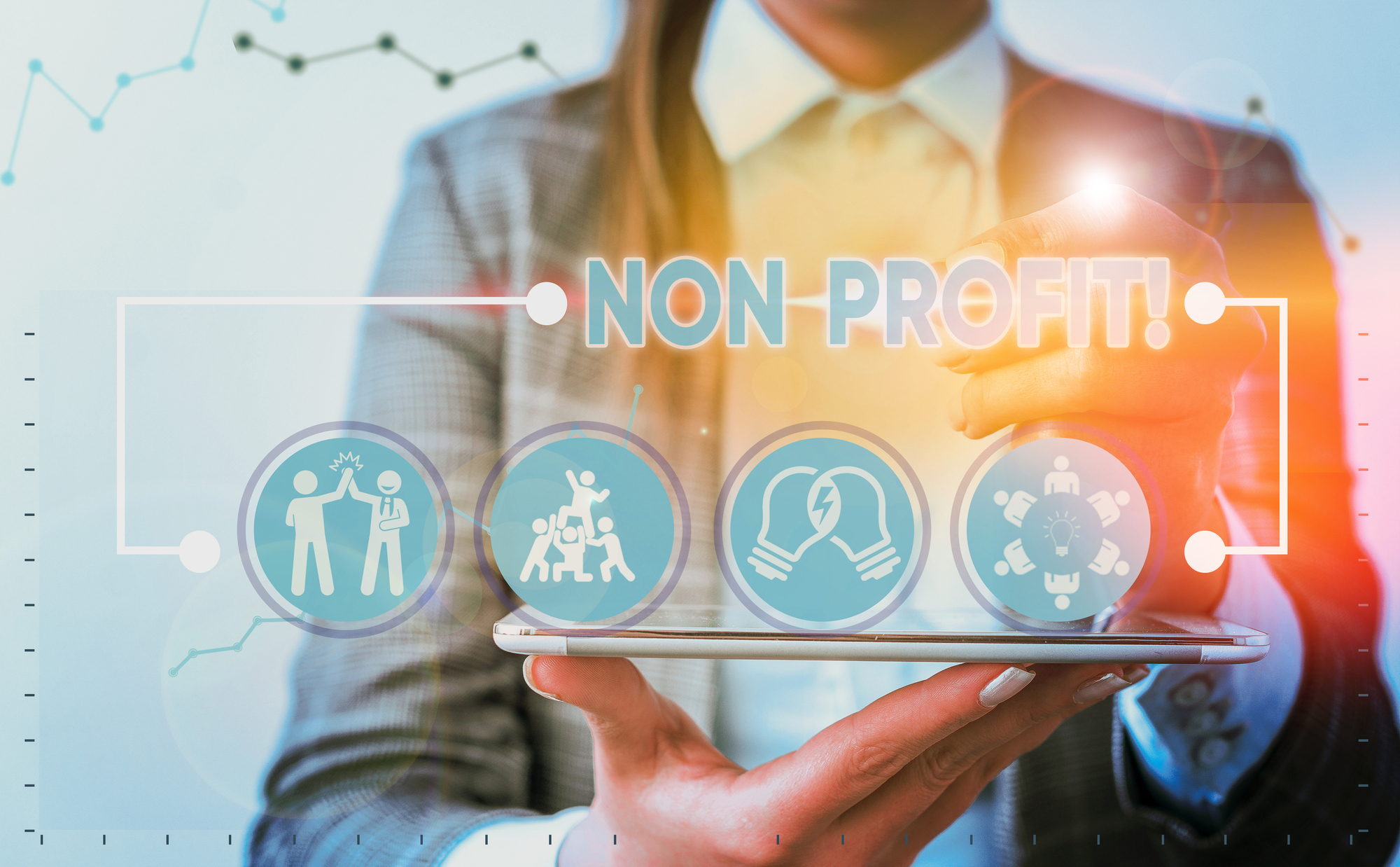Non-profit Cybersecurity Services: Five Tips to Protect Donor Data
Your non-profit fundraising activities are driven by donor data. Your donor data can assist you in developing relationships with your current donors when you (as we propose) put a strong emphasis on donor retention. You may also use donor data to connect with people and develop those relationships if you’re confident in your retention efforts and have progressed to enlarging your network using acquisition strategies.
Your non-profit must take steps to maintain the security of the data you keep in your database because there is an inherent risk involved in gathering and keeping donor data before deciding to go for non-profit cybersecurity services.

1. The first Non-profit Cybersecurity Services suggestion is: Spend Money on Security Software
The technologies your organization uses must have sufficient safety measures in place to assist in keeping information safe if you want to keep your donor data secure. This implies that your donor information is protected at every stage when you utilize your donor database, matching gift software, fundraising software, or other solutions.
Donor data is routinely transferred between systems. You gather details on your donors, such as contact information, names, and payment information, using your fundraising program. Following that, this data is kept in your donor database. When you use your marketing strategy, this data is sent from your donor database to your marketing program, allowing you to better target the donor.
Ensuring that every one of your solutions uses security measures to protect all of this data is the first step you should take to boost your non-profit cybersecurity because so many systems interact with your donors’ data.
You can check for several things to ensure that your software complies with good non-profit cybersecurity standards, including:
- PCI compliance
- Software changelog
- Tokenization or encryption
When purchasing software for your non-profit, keep an eye out for these kinds of cybersecurity precautions. Alternatively, if you’re reviewing your digital strategy, give cybersecurity priority. After selecting the most effective program, you must maintain cybersecurity by enforcing particular password protocols.
2. The second Non-profit Cybersecurity Services suggestion is: Examine Password Protocols
Password security is a well-known weakness in cybersecurity for charities. In reality, 90 percent of passwords are regarded as being weak and hacker-prone. Fortunately, your non-profit may quickly fix this cybersecurity issue by putting basic password security practices in place.
Below are some tips for creating strong passwords, as recommended by Swoop’s password security experts:
For improved non-profit cybersecurity, follow these password dos and don’ts.
When creating a password, be certain to:
- Use a minimum of 8 randomly generated characters, and avoid using dictionary words.
- Use a combination of capital and lowercase characters, numbers, and symbols to create your password. None of your data ought to be used in this.
- For every account, you have to use a distinct password, and change it periodically without recycling it.
- Make your password unpredictable by avoiding popular formulae and patterns.
- Ensure that each member of your team is aware of these password cybersecurity procedures. Include them in your company’s official manual and other documents.
3. The third Non-profit Cybersecurity Services suggestion is: Update Software Right Away
Do you frequently leave the notification for your phone’s most recent update hanging for days on end? Several of us are. We’ll put off updating our technology for days or even weeks. In actuality, 42 percent of Americans fail to keep their software up-to-date even if they are aware they should. These updates eliminate several flaws and fortify the system from hackers and other fraudsters.
This is yet another excellent chance to investigate the changelog for the software applications you select. You will be able to examine exactly what has happened in previous updates and get a sense of how useful they will be in improving the technology’s performance.
4. The fourth Non-profit Cybersecurity Services suggestion is: Purchase an SSL Certificate
Your site is a naturally exposed point for non-profit cybersecurity because it serves as the main entry point for interactions with your organization. Obtaining an SSL certificate is one of the most straightforward steps you can do to safeguard donor data as important supporters enter their information on your website.
The secure Sockets Layer is referred to as SSL. The online interactions among your supporters with your non-profit site are made more secure and private. When you possess an SSL certificate, your website’s URL will begin with HTTPS, and a little lock will appear next to it on your browser’s window. The appearance will be similar to this:
A locked padlock icon is displayed next to the message “https://nonprofit.co” to indicate that the website is secure and that visitor information is kept private.
What does this tiny symbol do, though? The SSL certificate, which has been around for nearly 20 years, serves two purposes, according to EC-Council:
- It encrypts all data transferred between the site for your non-profit as well as site users.
- It verifies your website’s validity, both to search engines and your visitors.
If your browser warned you that a website wasn’t secure, would you still enter your information there? Most likely not. The same is true with your donors. When you spend money on an SSL certificate, you’re enhancing your non-profit’s cybersecurity defenses as well as building greater trust with your supporters.
5. The fifth Non-profit Cybersecurity Services suggestion is: Handle User Accounts
Your company uses a variety of accounts within the software and technology itself for each of your employees. This enables your finance team to get budget information, your finance team to access the essential information in your CRM, and allows your executives to allocate assignments to specific team members.
Each team member of your non-profit has an account, giving them access to the data they require to do their jobs well. Additionally, it makes it simple to track mission progress and ensure that each person is receiving their data from the same source. This is why it’s crucial to spend money on a system that supports an unlimited number of people, ensuring that everyone has access to what they need when they need it.
Nonetheless, take into account that your information gets less secure the more people have access to it. Controlling user account permissions ensures that users only have access to the information they require without jeopardizing the security of donor data.
If you can’t do this yourself, you can opt to reach out to organizations that offer non-profit cybersecurity services.









